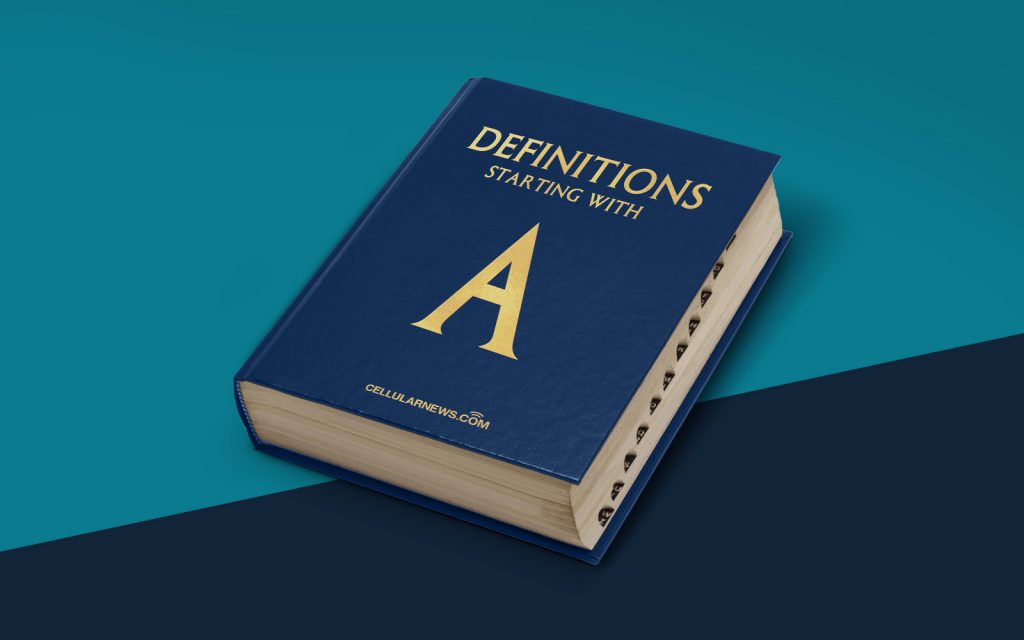
What is Antialiasing? A Comprehensive Definition
Are you familiar with the term “antialiasing” but don’t quite understand what it means? Don’t worry; you’re not alone! In the world of graphics and digital imaging, antialiasing is an essential concept that helps make visual elements appear smoother and more refined. In this article, we’ll provide you with a comprehensive definition of antialiasing, explaining how it works and why it matters. So, let’s dive in!
Key Takeaways:
- Antialiasing is a technique used in computer graphics and digital imaging to reduce the visual distortion caused by the jagged or pixelated appearance of lines, edges, and curves.
- By smoothing out these rough edges, antialiasing enhances the overall visual quality of images and provides a more realistic and polished look.
Understanding Antialiasing
In simplified terms, antialiasing is a method used in computer graphics to reduce jagged or pixelated edges, also known as aliasing, by blending the colors of nearby pixels. When lines or curves are displayed on a digital screen, they may appear jagged due to the pixel grid that forms the image. Think of antialiasing as a digital equivalent of smoothing rough edges with sandpaper, but in this case, it involves manipulating the colors of pixels.
Antialiasing works by introducing additional pixels along the edges of lines, curves, or objects. These extra pixels blend their colors with the existing neighboring pixels to create a smoother transition between different colors or shades. By blending colors, antialiasing fools our eyes into perceiving the edges as smoother and less jagged.
Antialiasing is particularly beneficial in scenarios where objects need to be displayed at smaller sizes or lower resolutions. Without antialiasing, lines, text, and other graphic elements can appear blocky, making it challenging to distinguish fine details or read text. However, by applying antialiasing techniques, these elements become visually pleasing and easier to interpret.
So why does antialiasing matter? Here are a few reasons:
- Improved Visual Quality: Antialiasing plays a crucial role in enhancing the overall visual quality of digital images. It makes graphics appear smoother and more refined, reducing the distracting jaggedness often associated with low-resolution displays or zoomed-in images.
- Enhanced Realism: Antialiasing helps create a more realistic look by reducing visual artifacts and edge distortions in graphic elements. This is particularly important in video games, computer-aided design (CAD), and other applications where realistic visuals are essential.
It’s important to note that antialiasing techniques can vary depending on the context and the specific hardware or software used. Different algorithms, such as MSAA (Multisample Antialiasing) and FXAA (Fast Approximate Antialiasing), are employed to achieve antialiasing effects. These techniques might differ in terms of performance impact and the level of antialiasing they provide. The choice of antialiasing method depends on factors like hardware capabilities, application requirements, and personal preferences.
In conclusion, antialiasing is a vital technique in computer graphics and digital imaging that helps eliminate the jagged and pixelated appearance of lines, curves, and edges. By smoothing out these rough edges, antialiasing enhances visual quality, making graphics appear more refined and realistic. Whether you’re designing graphics, playing video games, or simply enjoying high-resolution images, antialiasing ensures a visually pleasing experience.
